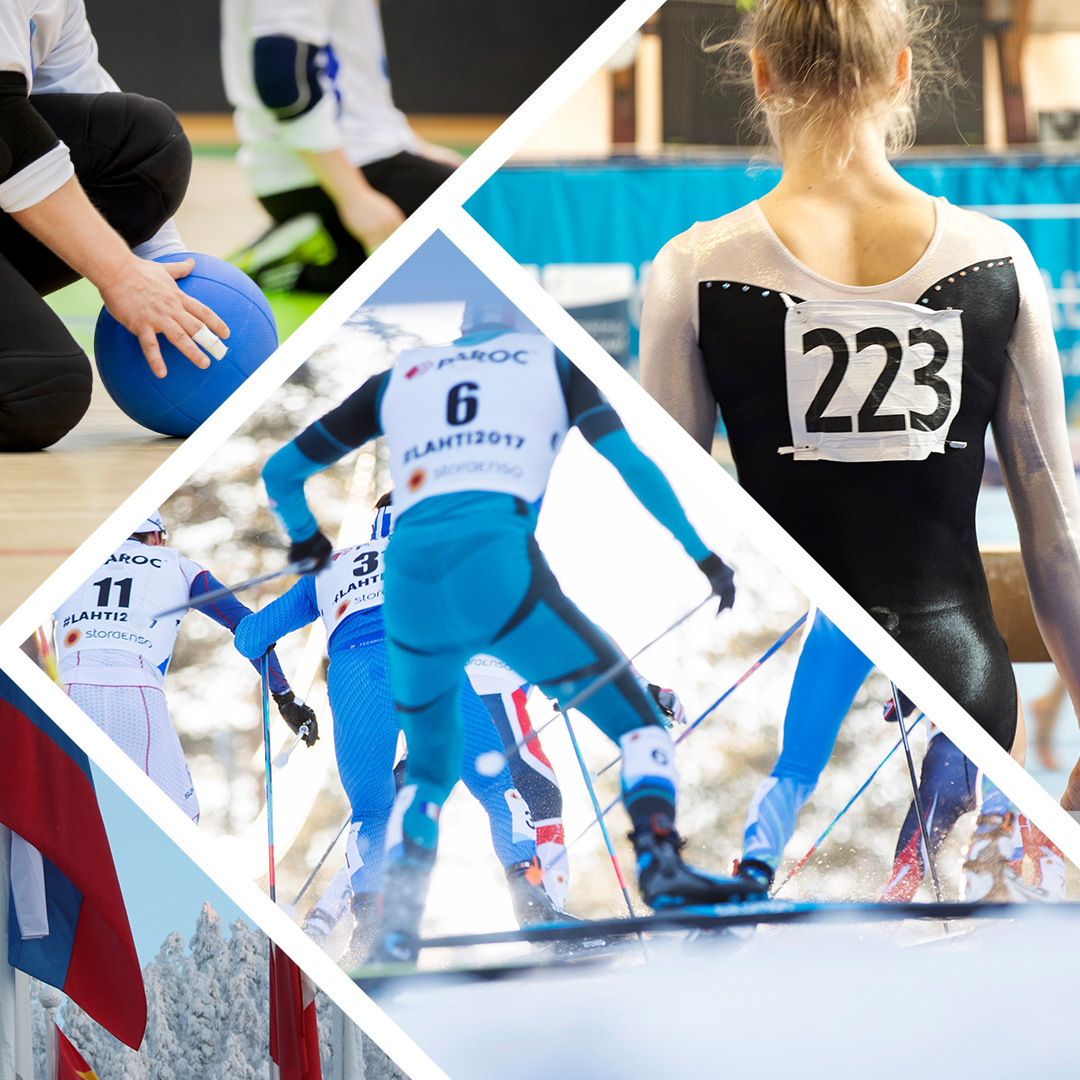International doping control began in 1928. In Finland, the first anti-doping organisation was established in 1984. The activities of the national anti-doping organisation were expanded after various phases, and the Finnish Center for Integrity in Sports FINCIS started its operations in 2016.
Substances that alleviate the feelings of hunger, pain and fatigue have been used in sports since ancient times. Substances that improve performance in modern sports were first documented in the 19th century. In the early 20th century, the first known doping test was performed on a race horse. The word “doping” is most likely derived from the Dutch word “dop”. It is an alcohol drink made from the peel of grapefruit that Zulu warriors drank to make them feel stronger in war. The drink was also used as a stimulant in South African dance ceremonies.
Beginning of international doping control
International doping control began in 1928 when the International Association of Athletics Federations (IAAF, currently World Athletics, WA) prepared Lists of Prohibited Substances that enhance performance. Other international sports federations soon followed suit. Proper doping tests were not made for another forty years, however. The first sports federations to perform doping tests in their respective World Championships in 1966 were the International Cycling Union UCI, the International Association of Athletics Federations IAAF (WA) and the International Federation of Association Football FIFA.
Amphetamine was found in a Danish cyclist who died while participating in the 1960 Olympics in Rome. A British cyclist died during the 1967 Tour de France, and his death was also associated with amphetamine. These deaths made the International Olympic Committee (IOC) to publish the first List of Prohibited Substances in 1967. The following year, the first doping tests were performed in the Winter Olympics in Grenoble and the Summer Olympics in Mexico.
End of the 20th century
As the use of anabolic steroids became more widespread in the 1970s, the International Olympic Committee (IOC) banned them in 1974. The first national provisions on the use of doping agents were prepared in Finland in the 1980s and the first out-of-competition tests were performed in 1980. The first out-of-competition tests were also performed in other countries in the 1980s. Finland’s anti-doping activities became more widespread with the World Championships in Athletics in 1983 when the International Olympic Committee approved the first doping control laboratory in Finland. Kansallinen Dopingtoimikunta KDT (National Doping Committee KDT) was established in Finland in the following year. In 1990, the responsibility of doping control in Finland was transferred to the Finnish Anti-Doping Agency, which operated in connection with the Association for Promoting Sports Medicine and Physiological Testing (Liite r.y.).
The prohibited substances and methods added to the list were testosterone in 1984, blood doping in 1986, peptide hormones and growth hormone in 1988–1989 and erythropoietin (EPO) in 1990. The first reliable EPO test was presented in 2000, when it was also used in the Sydney Summer Olympics.
World Anti-Doping Agency WADA
The World Anti-Doping Agency WADA was established in Lausanne, Switzerland in 1999 by the International Olympic Committee as a body responsible for international doping control proceedings. A decision to establish the headquarters of WADA in Montreal, Canada was also made. WADA was tasked to be in charge of the accreditation of doping test laboratories and the establishment of a global Anti-Doping Code. WADA’s first World Anti-Doping Code was approved in 2007.
Establishment of the Finnish Anti-Doping Agency FINADA
After a number of Finns were caught using doping agents at the World Ski Championships in 2001, there was a need to develop doping control methods in Finland. The constituent meeting of the Finnish Anti-Doping Agency FINADA was held in November 2001. The Ministry of Education and Culture financed the activities of the independent organisation through its lottery funds.
21st century development in doping control
Gene doping was prohibited in 2003. The whereabouts information system was established and the long-term storage of samples began. WADA’s first List of Prohibited Substances and Methods was published in 2004. A test to detect growth hormones in blood was developed in the same year.
The Haematological Module of the Athlete Biological Passport system was taken into use in 2009. The first international sports federations to use the Athlete Biological Passport system were UCI and the International Ski Federation FIS. In the system, certain biological metrics of an athlete are monitored regularly throughout their athletic career, and any changes in the athlete’s profile may indicate the use of doping. The Steroidal Module of the Athlete Biological Passport system was published in 2013. According to the World Anti-Doping Code, samples could be stored for eight years for the purpose of performing additional analyses until 2015. Currently, it is possible to freeze samples for 10 years to perform additional analyses.
Finnish Center for Integrity in Sports FINCIS begins its activities
In the 2010s, sport ethics became an important theme. The Ministry of Education and Culture studied the possible practical parties for new conventions and decided on establishing a new organisation. The Finnish Anti-Doping Agency FINADA was dissolved and the Finnish Center for Integrity in Sports FINCIS was established on 28 January 2016. FINCIS is responsible for implementing international conventions on anti-doping activities, manipulation of sports competitions and spectator comfort and safety in Finland. FINCIS is responsible for the practical implementation in Finland of the Council of Europe’s Anti-Doping Convention, the UNESCO International Convention Against Doping in Sport, the Council of Europe’s Convention on Spectator Violence, and the Council of Europe’s Convention on the Manipulation of Sports Competitions.



